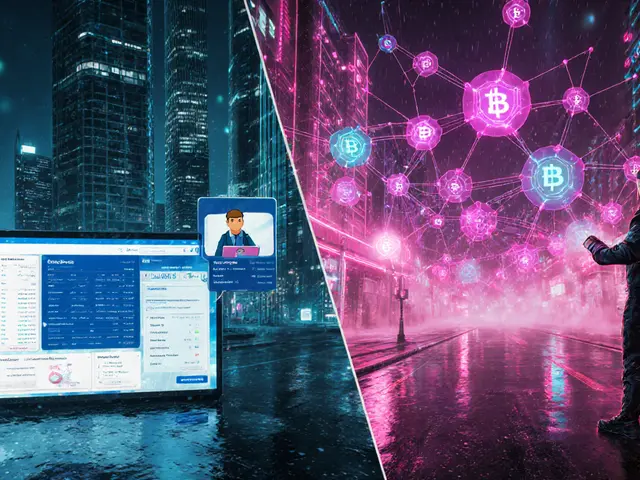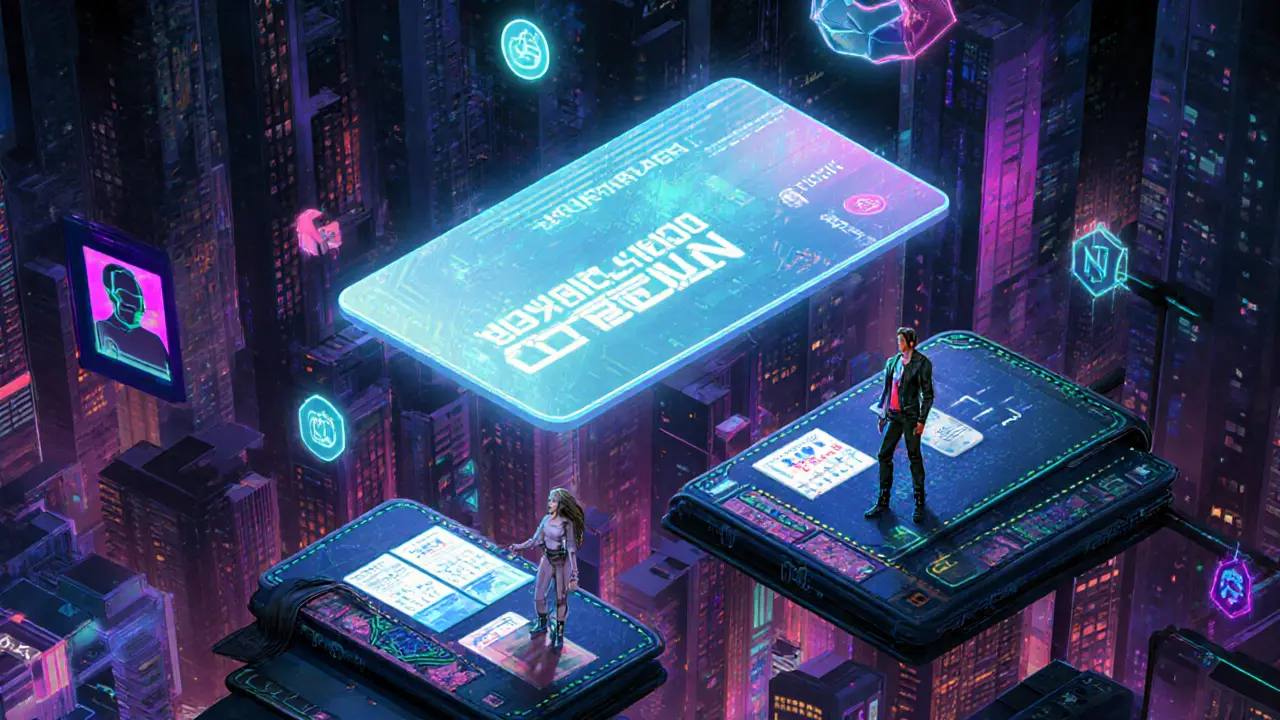NFT Launch Whitelist: How to Get In and Avoid Scams
When you hear NFT launch whitelist, a reserved list that gives early access to new NFT drops before they go public. Also known as NFT whitelist, it’s supposed to reward loyal fans, not scam them. But most whitelists you see online aren’t real—they’re traps. Real whitelists come from projects with public teams, active Discord servers, and verifiable track records. Fake ones ask for your wallet seed phrase, charge fees to join, or disappear after the drop. You don’t pay to get on a whitelist. You earn it by participating.
Projects that use whitelists properly treat them like a NFT airdrop, a free distribution of tokens or NFTs to users who complete simple tasks. Also known as community reward, it’s how new projects build trust before launch. Think of it like a VIP line at a concert: you get in early if you’ve been showing up, sharing posts, or helping test the platform. But if the project has no website, no Twitter, and no team photos? That’s not a whitelist—it’s a honeypot. Scammers copy real project names, fake Discord admins, and use bots to flood Telegram groups with fake links. The 1MIL airdrop scam and Velas GRAND fake claims prove this isn’t rare—it’s the norm.
Real whitelists require effort, not cash. You might need to hold a specific token, join a Discord for 30 days, or complete a quiz. Some projects track your wallet activity on-chain. Others check if you’ve shared their content across social media. But none ask you to send crypto to get in. If someone says "pay $50 to secure your spot," run. The NFT scam, a fraudulent scheme designed to steal crypto or personal data under the guise of an NFT opportunity. Also known as NFT fraud, it thrives on hype and urgency works because people fear missing out. They see "limited spots" and panic. But the truth? Most whitelisted NFTs never sell out. Many drop to 10% of their mint price within hours. You’re not getting a secret key to riches—you’re getting early access to a gamble.
So how do you find real ones? Look for projects with audits, public GitHub repos, and active community moderation. Check if their whitelist rules are written in plain text—not hidden behind a login. Join their official Discord and read the pinned messages. If the admins are answering questions and posting updates daily, that’s a good sign. If the channel is full of bots and paid promoters, it’s a red flag. The best whitelists don’t sell you a dream—they give you a chance to be part of something real. And that’s worth more than any fake promise.
Below, you’ll find real breakdowns of NFT projects that got it right—and the ones that turned into ghost towns. No fluff. No hype. Just what actually happened.




